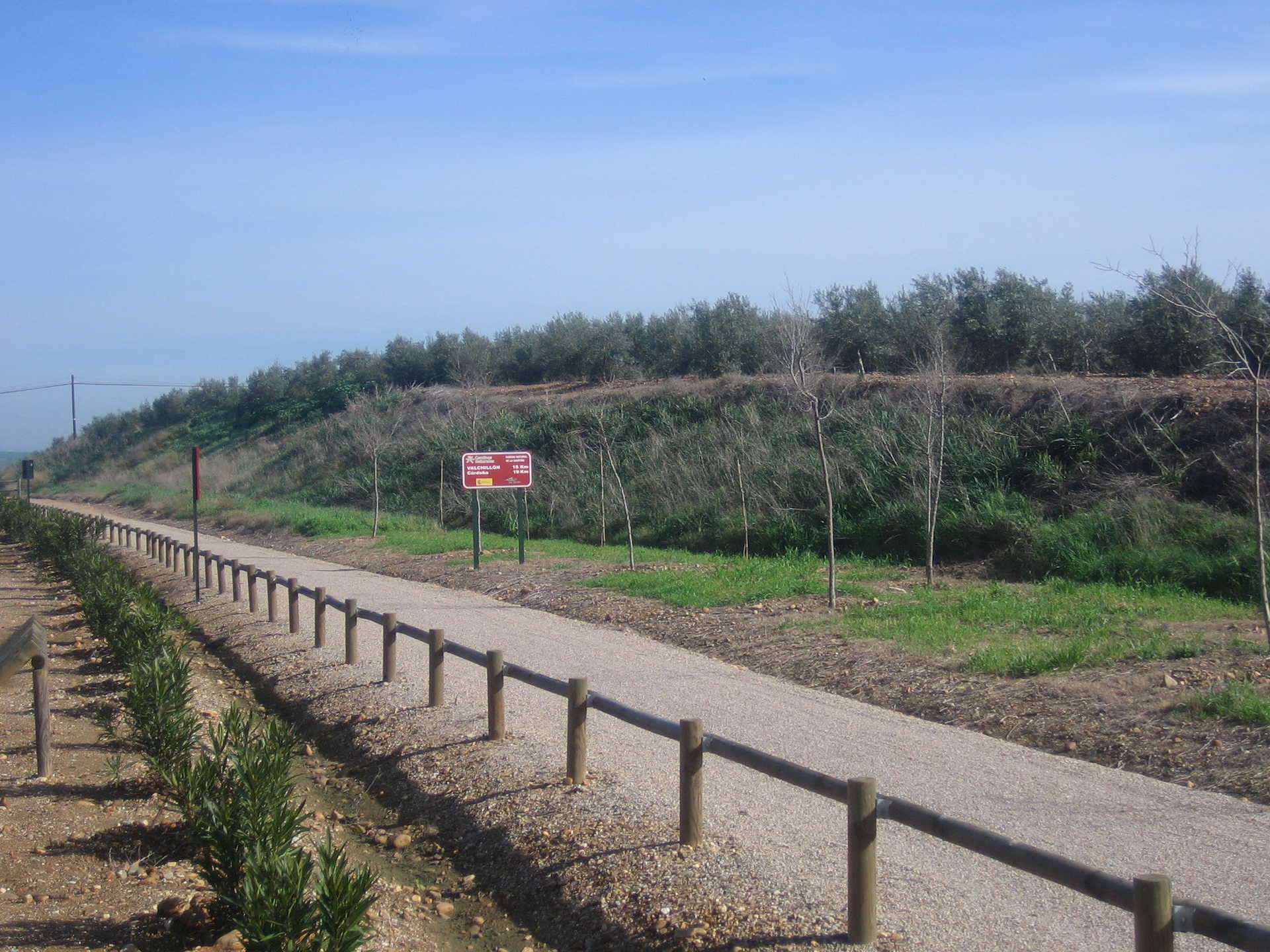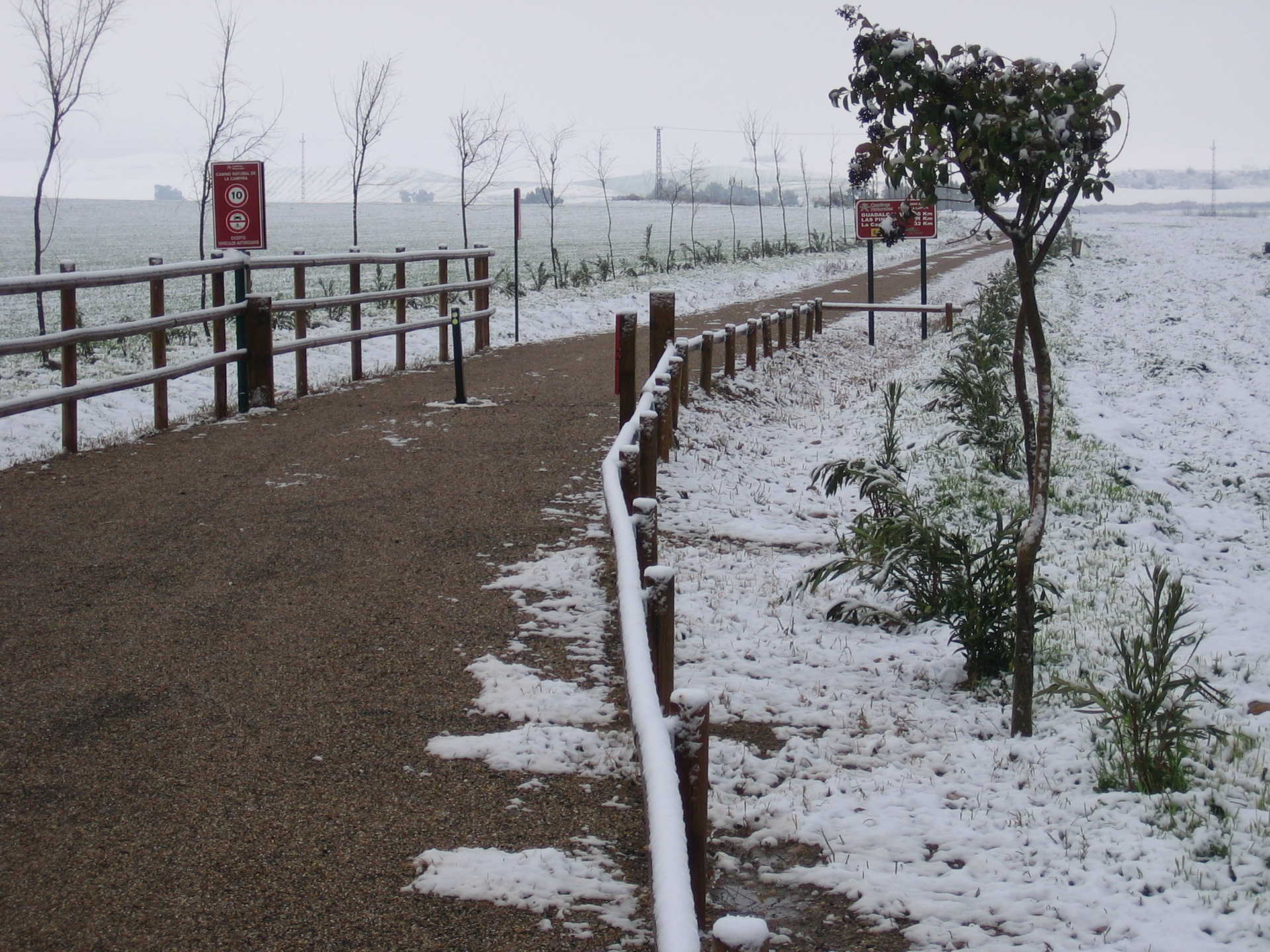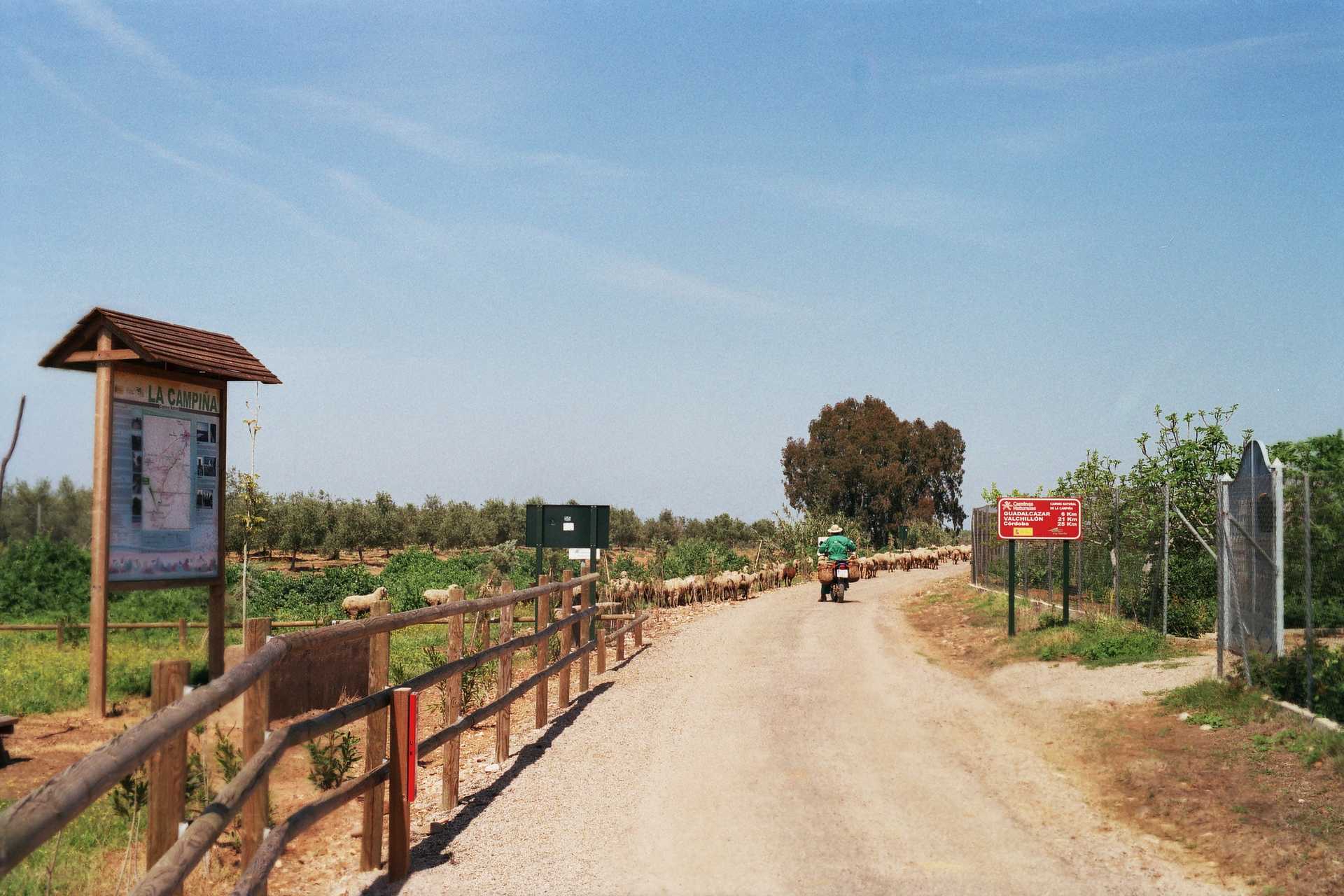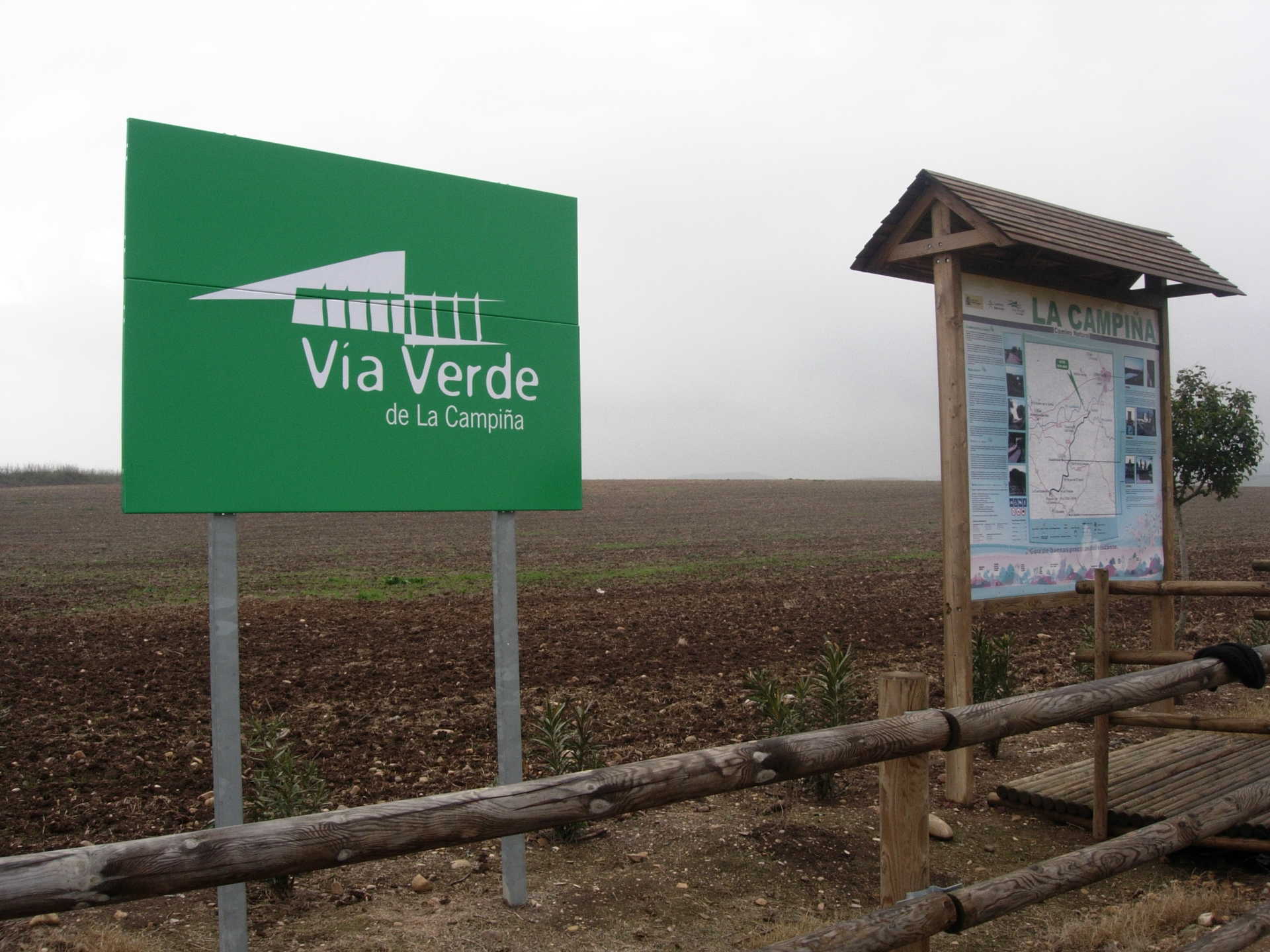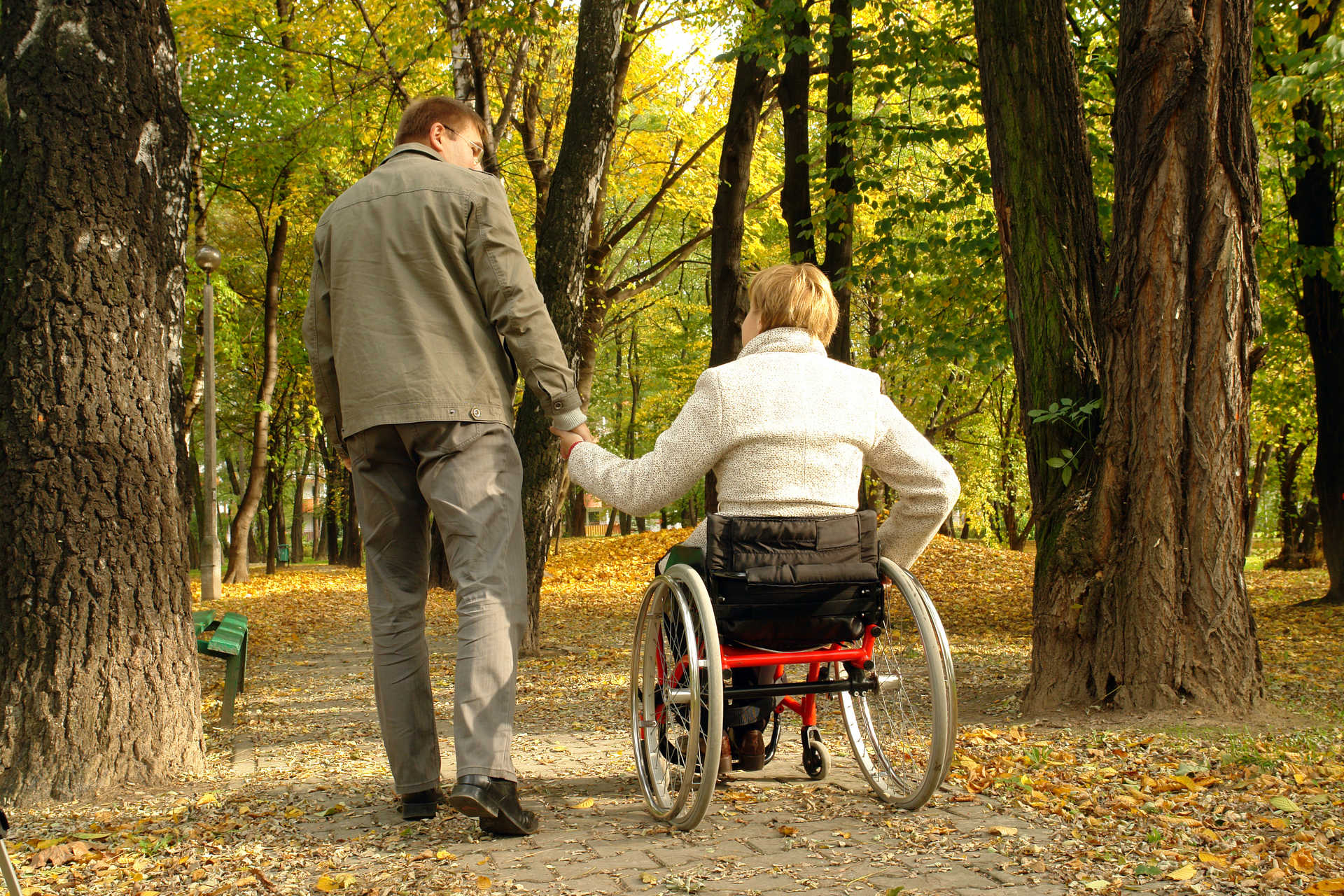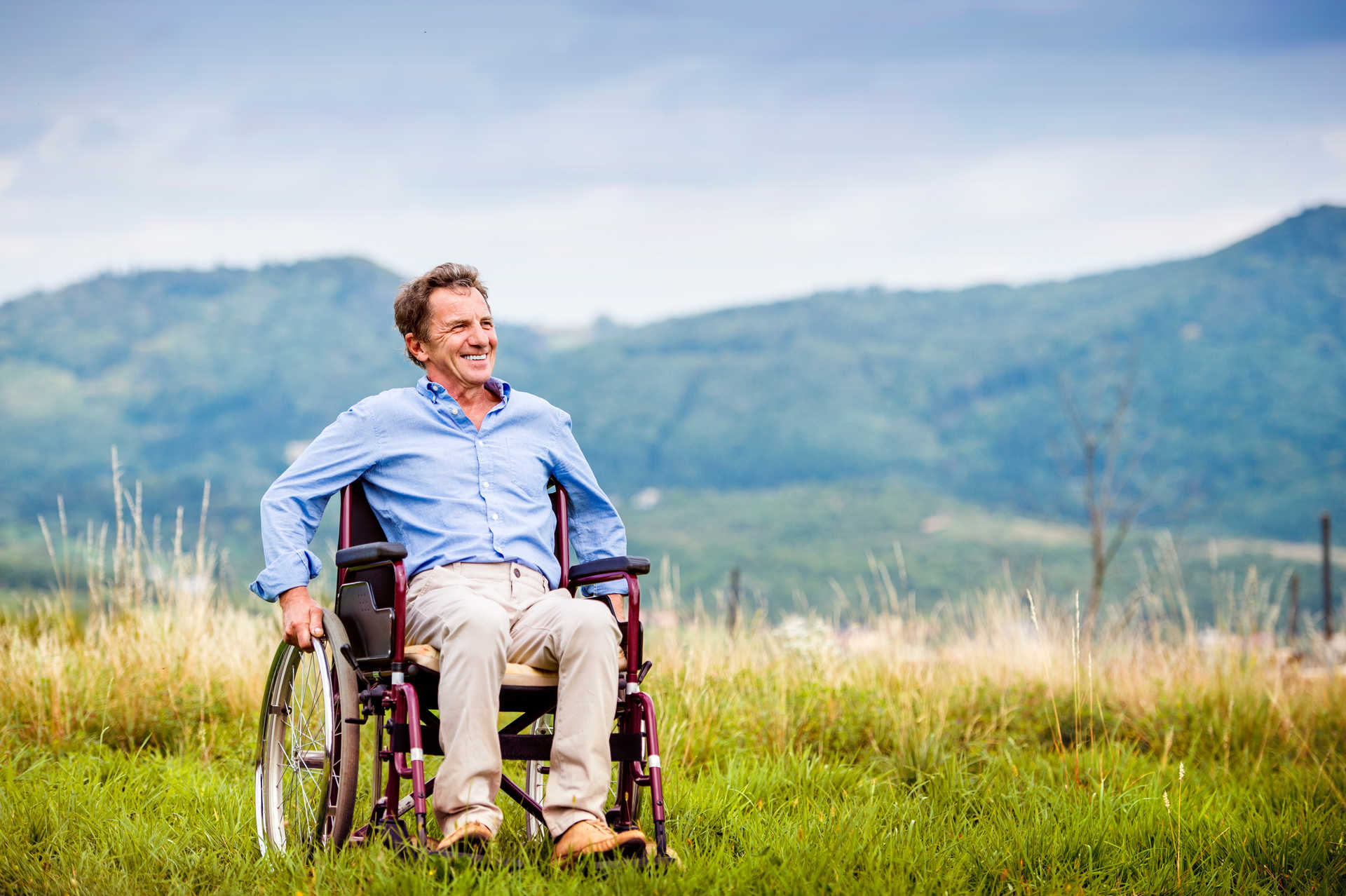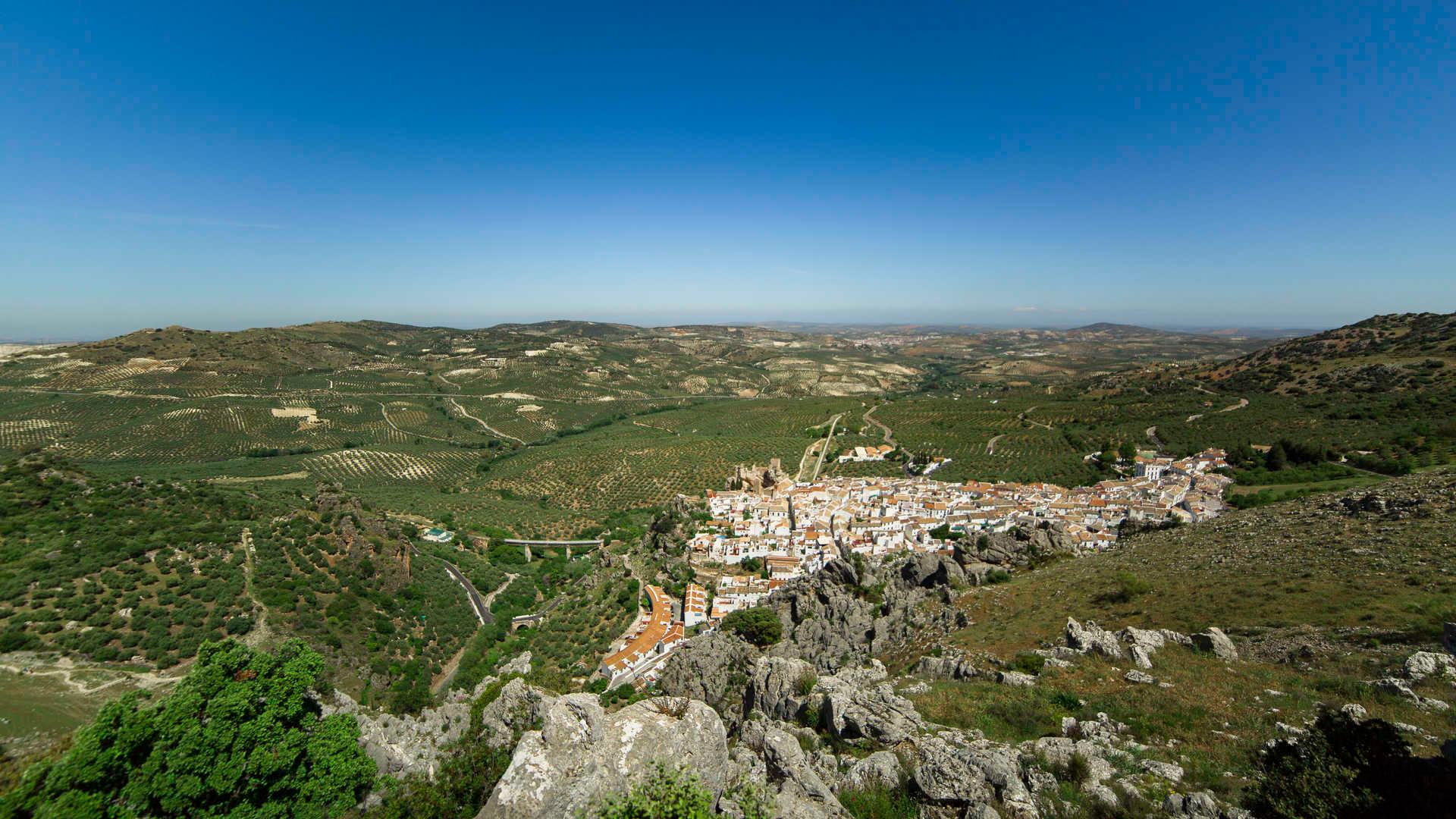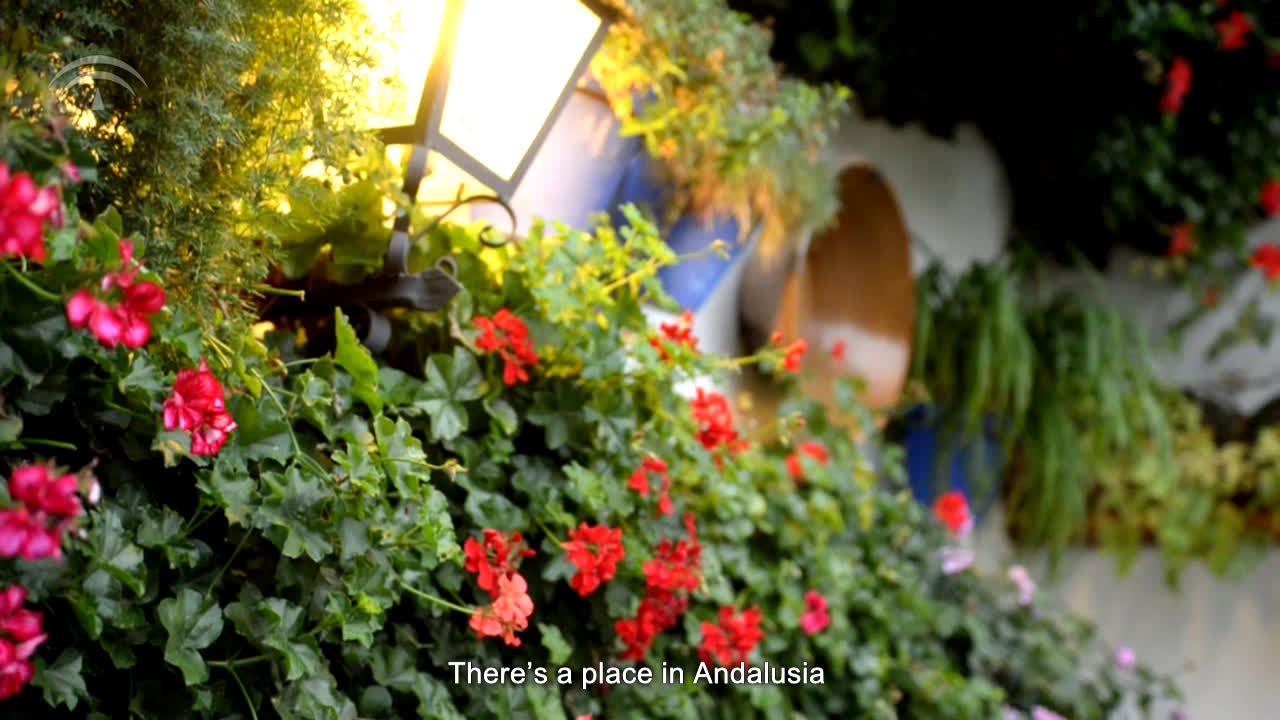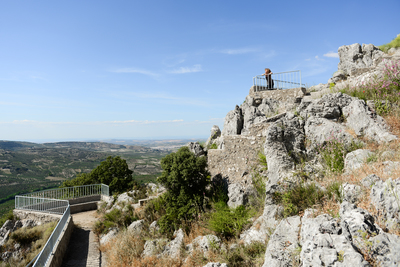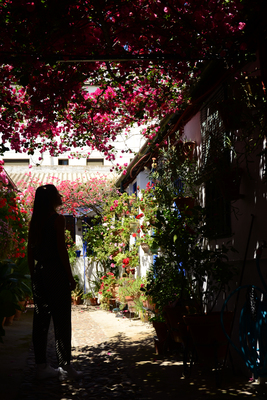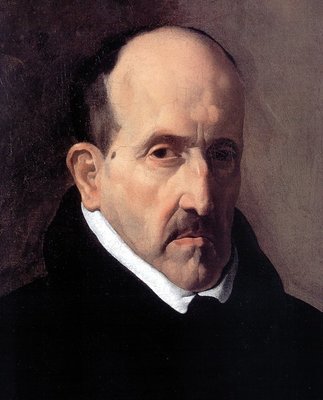Accessible rail trails in Cordoba
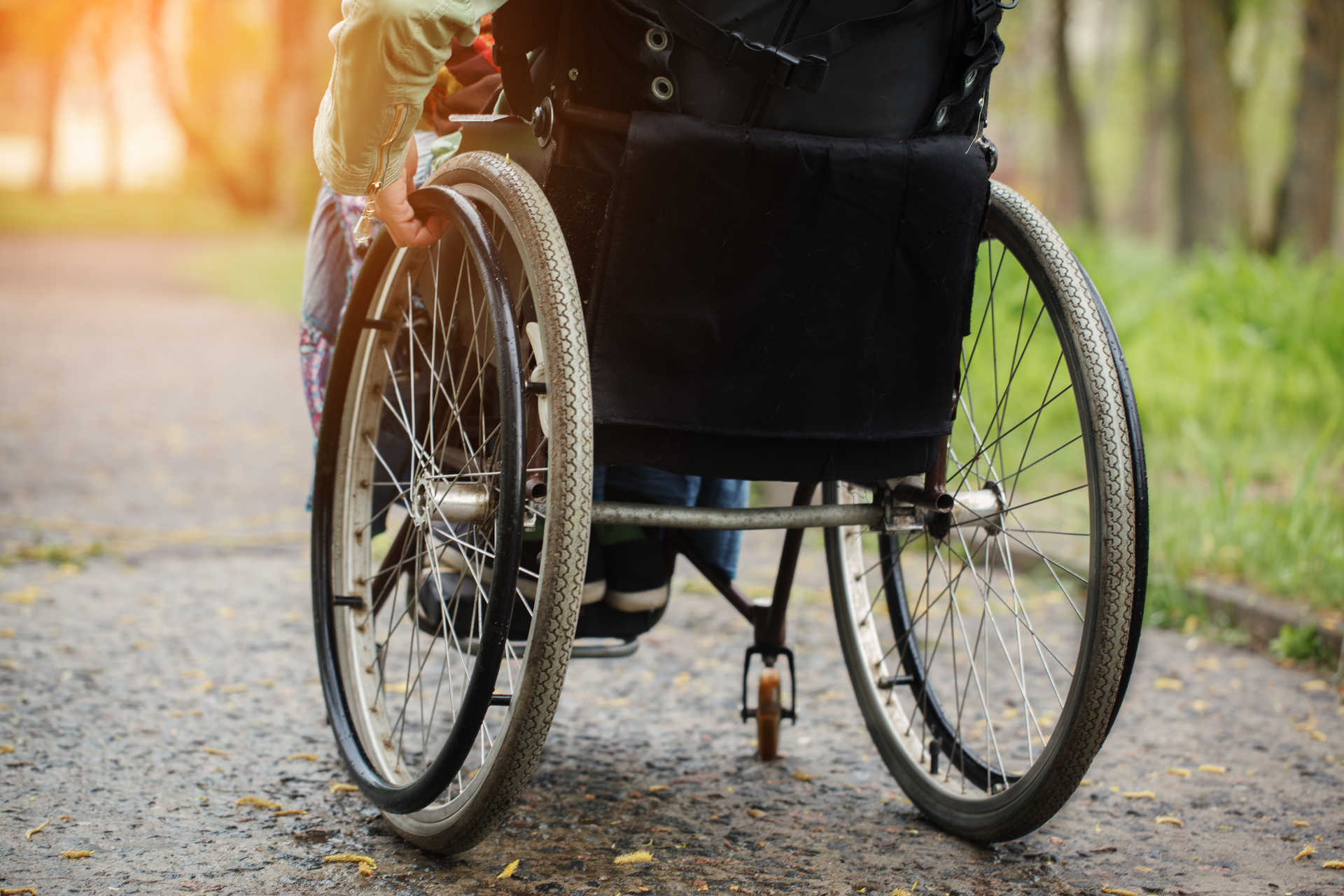
What was once a railway track is no a hiking trail for people. The accessibility of rail trails is highly appreciated by hikers with reduced mobility or auditory/sensory disabilities.
The railway is intimately linked with Spain's 'vía verdes' (rail trails). They follow old, disused railway tracks that have given way to trails, which in the case of Andalusia's rail trails, number more than twenty (collectively, they amount to 444 kilometres). The Spanish Railway Foundation (Fundación de los Ferrocarriles Españoles), which has been in operation since 1985, is responsible for coordinating routes famous for qualities ranging from ease and safety to maximum accessibility (as explained by María Cruz Pena Castro from the University of Almeria in her "Study on sustainable rural tourism and its educational application").
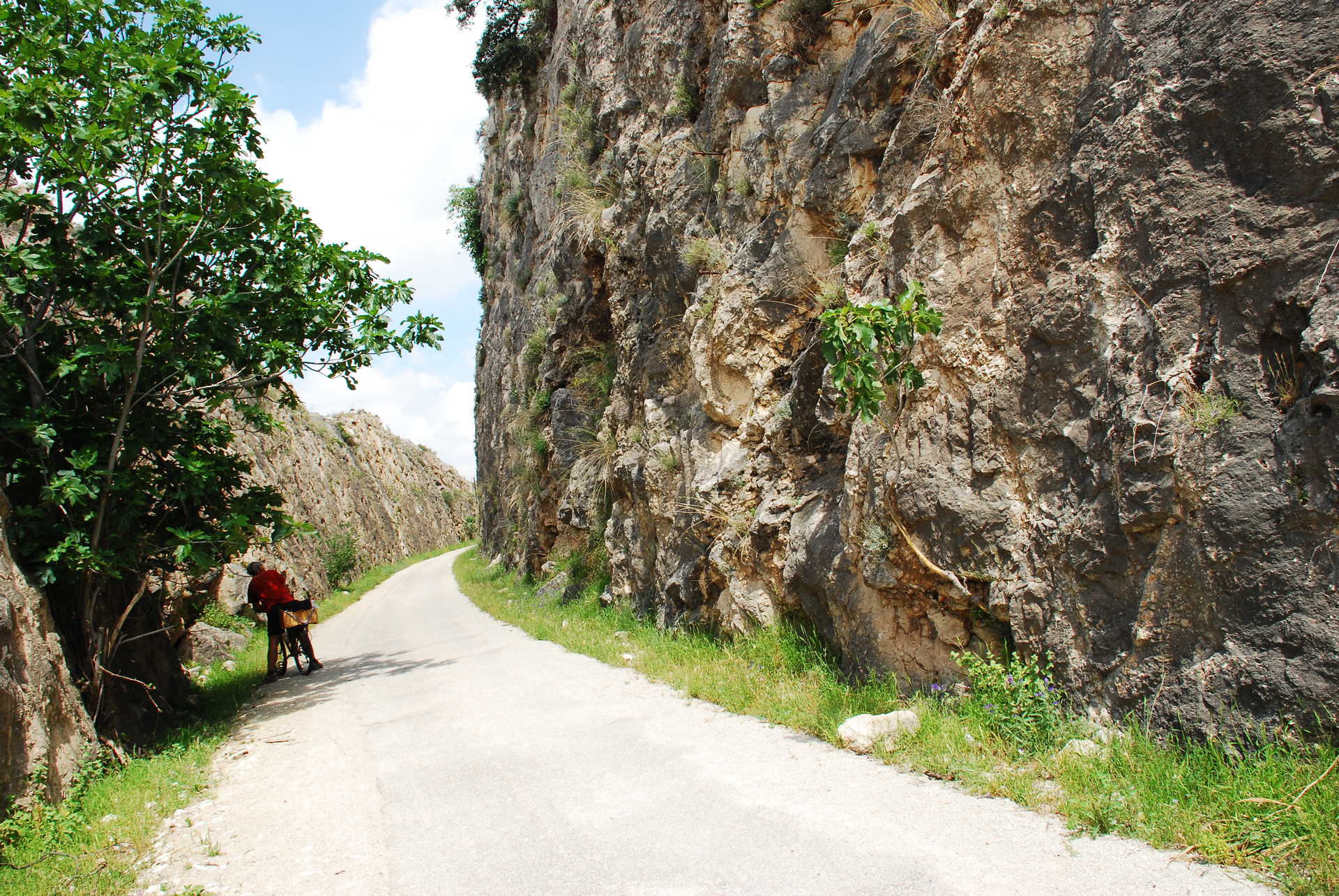
Highly accessible hiking proposals
There are five routes classed as rail trails in Cordoba, although their level of accessibility varies. They are places inaccessible to motor vehicles, meaning they promote sustainable mobility, in addition to walking and cycling. They include trails such as the Oil Rail Trail, which ends in Puente Genil, but which first crosses up to 13 viaducts trains used in the 19th century. Not only do these hiking proposals enable you to explore the rural environment and the local economy, they are also highly accessible to the general public.
This includes people with reduced mobility: children, senior visitors and hikers with some form of disability. As they were previously used by trains, rail trails are known for their gentle gradients and abundant corners, which make them freely accessible. On the other hand, bridges and viaducts, in addition to magnificent viewpoints, facilitate accessibility even further (as do the tunnels that pass through mountains). The railway's past is joined by other routes that correspond to historic mine routes and public trails capable of transporting you back in time to the ages of these industries. In this regard, the anthropological and ethnographic value of these trails is extremely significant
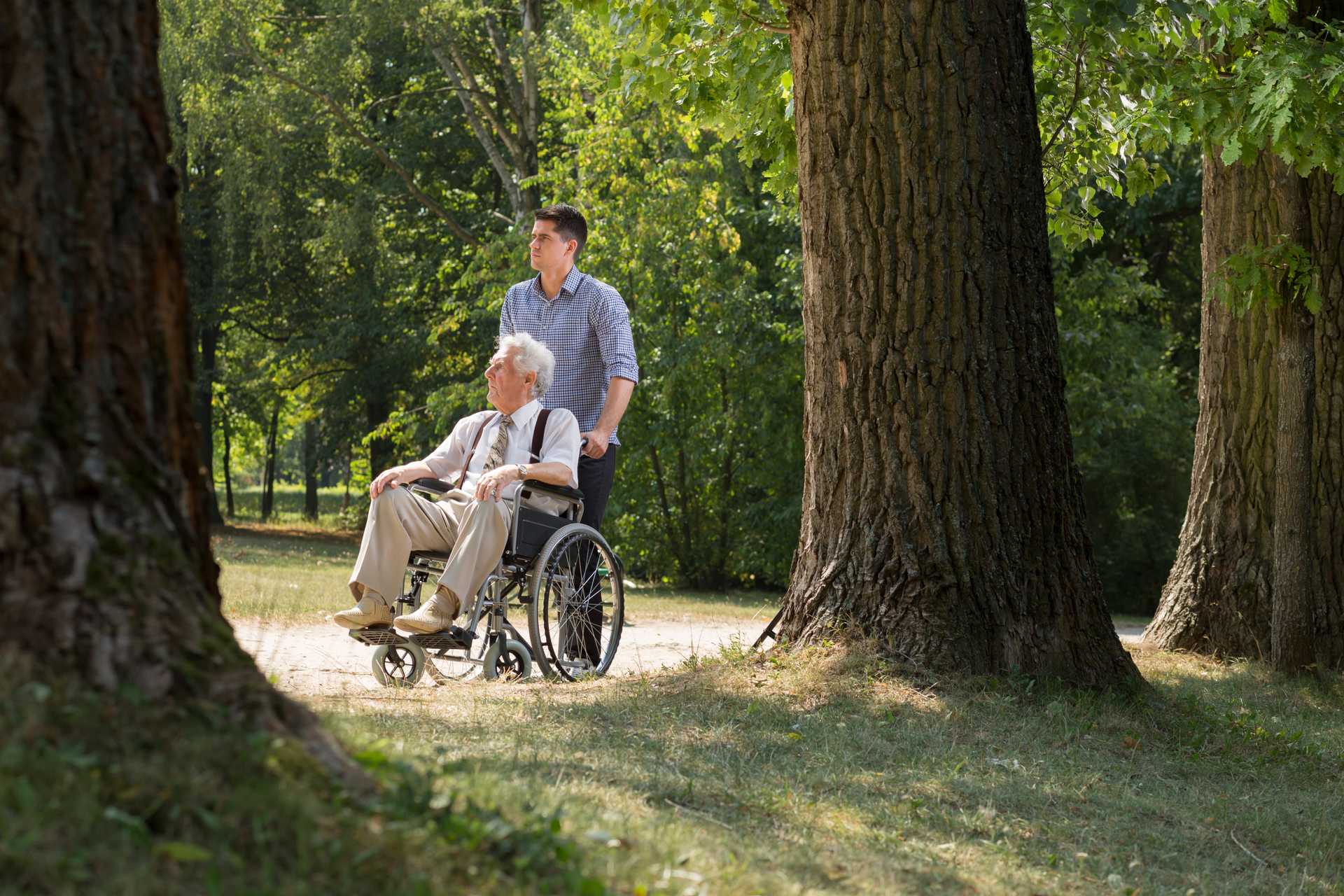
La Subbética Rail Trail
The La Subbética Rail Trail, for example, heads through towns like Luque, Zuheros, Doña Mencía, Cabra and Lucena, following the path of the old Oil Train, inspired by Jorge Loring (known as the Marquis of Loring, a posteriori) in 1875. The scenery of Sierra Subbética Natural Park and the rich birdlife at Laguna del Conde o Salobral Nature Reserve in the heart of Cordoba's countryside - which is a refuge for ornithological species in winter - constitute its highlights. People with reduced mobility (PRM) can enjoy five of its sections, while visitors with intellectual disabilities will have no problems with decision points (trail crossroads) as there is adequate signage indicating directions. The panoramic views offered by viaducts such as the Zuheros Viaduct, standing at 104 metres high, are spectacular.
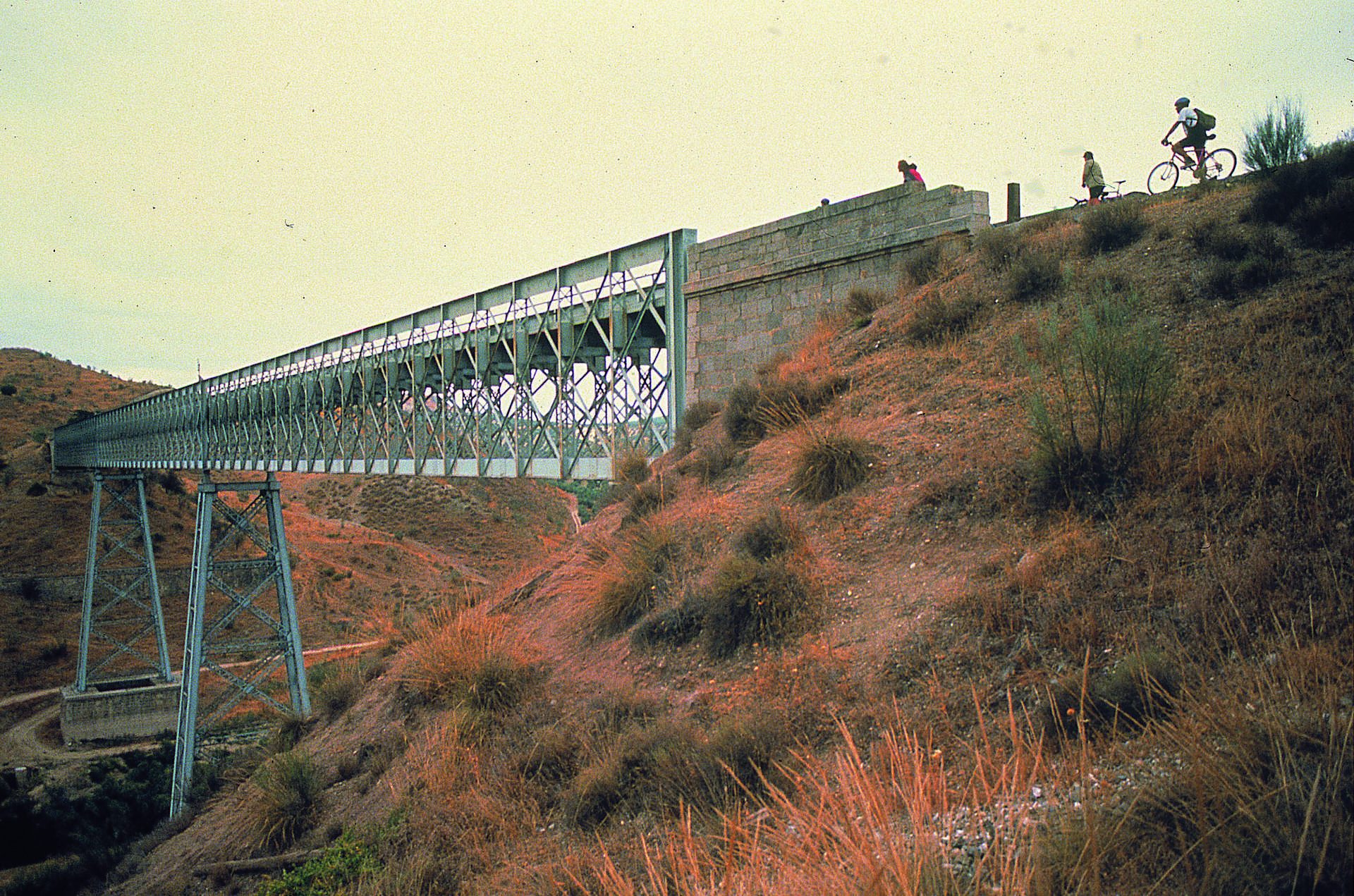
La Campiña Cordobesa y Sevillana Rail Trail
Among the accessible rail trails in Cordoba, one highlight is the route running from the Caliphate city to Marchena: La Campiña Cordobesa y Sevillana Rail Trail. The route can be started at various access points that are recommended for people arriving by car but who wish to tackle the trail in a wheelchair. There are four sections of rail trail that are generally accessible to PRM, but that's not to say they won't face some difficulties at certain points. One of the main attractions of this trail is the baroque urban planning of La Carlota, which is a great representation of the architectural style in the province.

